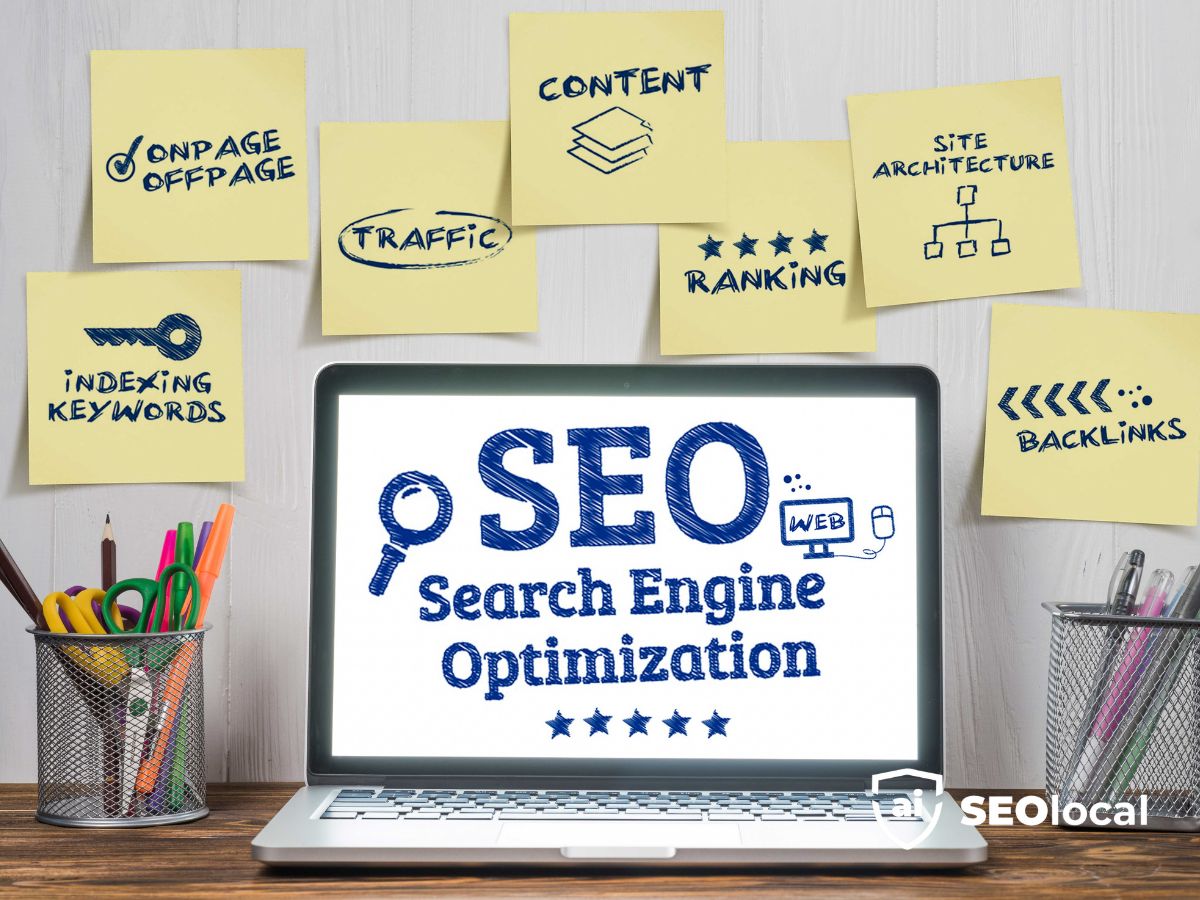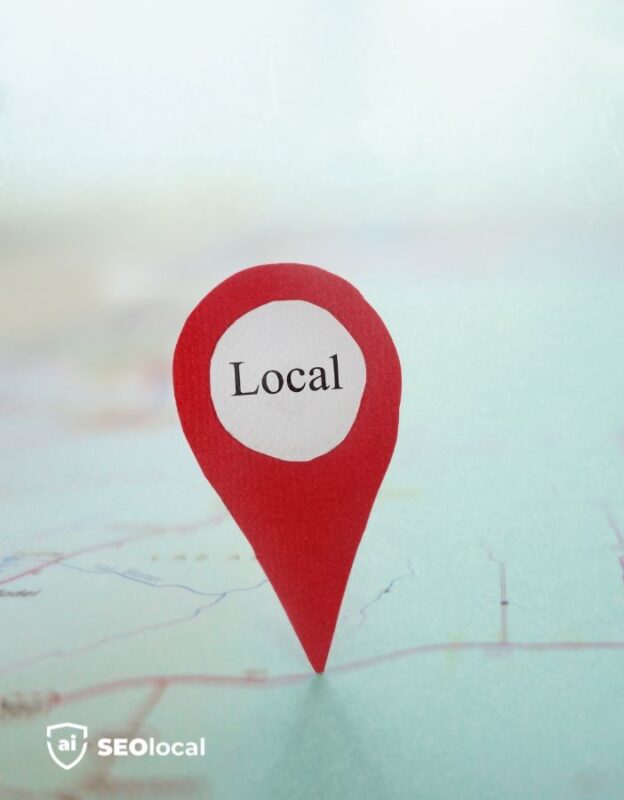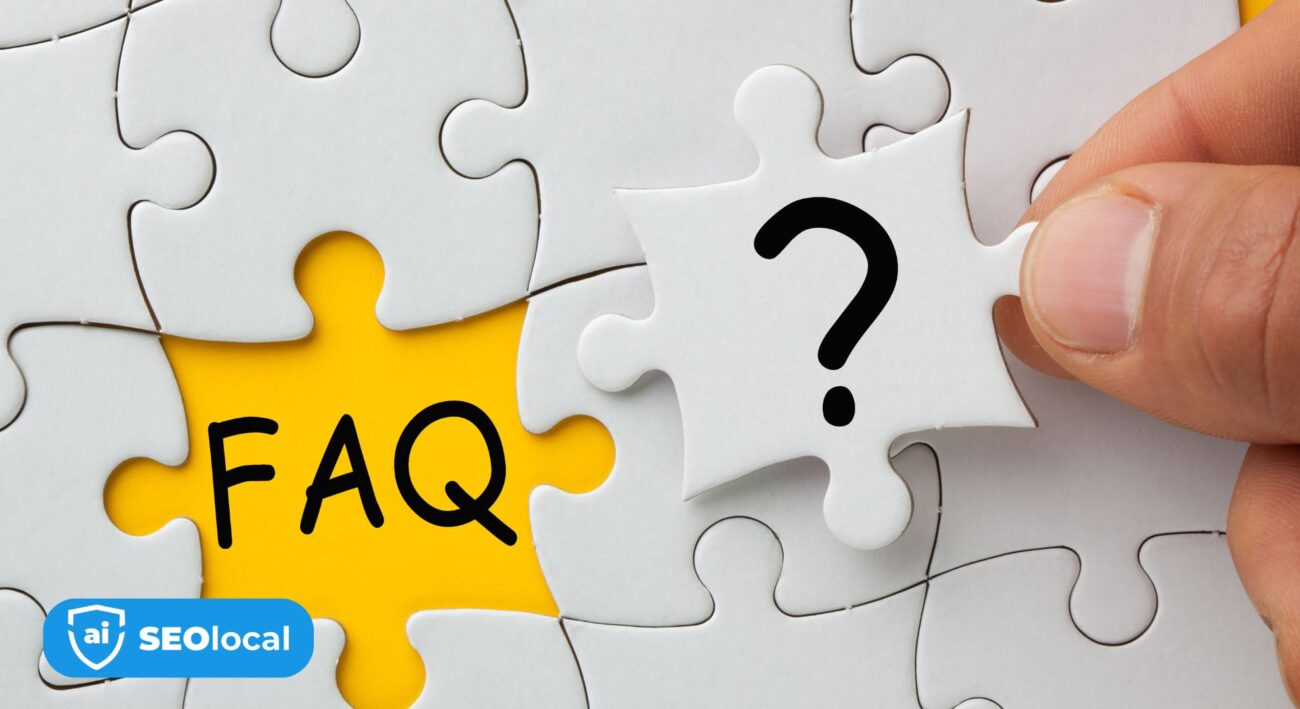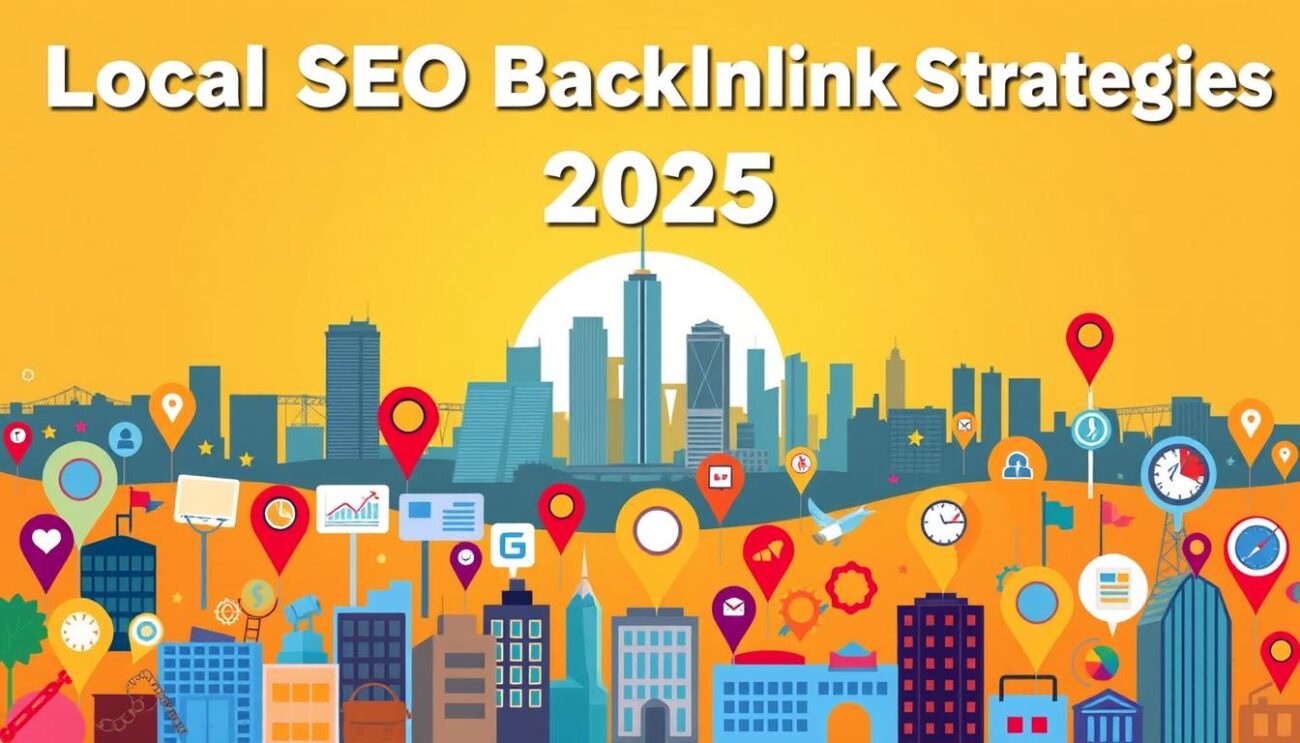- Advanced Local SEO Strategies
- Fundamentals of Local SEO
- Google Business Profile (GBP) Optimization
- Local Keywords and Content Strategy
- Local Link Building
- Local Paid Advertising
- Local Search Ranking Factors
- Local SEO Best Practices
- Local SEO Tools and Analytics
- Local Social Media Marketing
- Online Reviews and Reputation Management
- Technical SEO for Local Businesses
Local SEO vs. Organic SEO

Did you know that 46% of all online searches have local intent? That means nearly half of users are looking for nearby businesses, services, or products. Meanwhile, organic search drives over 53% of website traffic, proving its lasting power in digital marketing.
While both approaches aim to improve visibility, they serve different purposes. Local strategies help you connect with nearby customers, while traditional methods expand your reach across search engines. The key is understanding how they work together.
This guide will help you decide the right mix for your business. Whether you’re a small shop or a growing brand, balancing these strategies can maximize your online presence.
Key Takeaways
- Nearly half of all searches focus on local results.
- Organic search generates over half of website traffic.
- Local efforts drive immediate customer actions.
- Both strategies complement each other for better visibility.
- The right mix depends on your business goals.
Local SEO Explained: Guide to Boosting Nearby Search Rankings
Google processes thousands of ‘near me’ searches every second. This is where local SEO shines—it helps brick-and-mortar stores appear when nearby customers search. Unlike broad strategies, it targets users based on location.
Your Google Business Profile is the backbone of this approach. It displays your hours, reviews, and location in map results. Local citations (mentions on directories like Yelp) also boost credibility.
| Factor | Impact |
|---|---|
| Relevance | How well your business matches the search query |
| Distance | Proximity to the searcher’s location |
| Prominence | Reputation (reviews, backlinks, citations) |
Three core factors determine your rankings:

Queries like “coffee shop near me” trigger map pack results. These appear above organic listings, driving foot traffic. Mobile searches use GPS to refine results further.
Optimizing for local SEO ensures you’re visible when it matters most—when customers are ready to buy nearby.
What Is Organic SEO?
Organic SEO is the backbone of long-term online visibility. Unlike paid ads, it focuses on improving your website’s natural search rankings. This approach ensures your site appears in search results without relying on advertising budgets.
Search engine optimization without paid ads is known as organic SEO. It involves optimizing your website’s technical and content elements to rank higher. This includes on-page optimization, building backlinks, and ensuring mobile responsiveness.
Here’s what makes organic SEO effective:
- On-page optimization: Meta tags, headers, and internal linking.
- Backlinks: Quality links from authoritative websites.
- Mobile responsiveness: A site that works seamlessly on all devices.

Search engines prioritize websites that demonstrate Expertise, Authority, and Trustworthiness (EAT). High-quality content and a strong backlink profile are key to meeting these principles. Over 99% of clicks go to the top 10 organic results, making this strategy essential.
Organic SEO offers long-term sustainability. While paid ads provide immediate results, organic efforts build lasting visibility. By focusing on search engine optimization, you can attract consistent traffic without ongoing ad spend.
How Local SEO Works
Over 95% of consumers rely on reviews before making a purchase decision. This highlights the importance of optimizing for local searches. When users include modifiers like “near me” or “open now” in their search queries, search engines prioritize businesses that match their intent.
Local Ranking Factors
Several factors influence how businesses rank in local search results. Reviews, citations, and the completeness of your Google Business Profile (GBP) are critical. Here’s a breakdown of the key elements:
| Factor | Description |
|---|---|
| Reviews | Positive reviews build trust and influence 95% of consumers. |
| Citations | Mentions of your business on directories like Yelp enhance credibility. |
| GBP Completeness | A fully optimized profile with accurate NAP (Name, Address, Phone) details improves visibility. |
Local Intent and Geographic Targeting
Search engines detect local intent through specific modifiers in search queries. For example, “coffee shop near me” triggers results tailored to the user’s location. Geographic targeting ensures your business appears in relevant local searches.
Schema markup is another powerful tool. It helps search engines understand your business details, such as hours, services, and location. Including keywords that reflect your specific geographic area, like “best pizza in Chicago,” can further enhance your visibility.
Consistency in your NAP information is crucial. Inaccurate details can confuse both customers and search engines, harming your rankings. Ensure your business name, address, and phone number are consistent across all platforms.
How Organic SEO Works
Ranking in the top 10 search engine results can drive 99% of clicks to your website. Organic SEO focuses on improving your site’s visibility without relying on paid ads. It’s a long-term strategy that builds authority and trust with search engines.
To succeed in organic search, you need to optimize both technical and on-page elements. This includes improving site speed, ensuring mobile responsiveness, and creating high-quality content. These factors help search engines understand and rank your site effectively.
Organic Ranking Factors
Several key elements influence your organic rankings:
- Technical SEO: Fast-loading pages, mobile optimization, and XML sitemaps ensure your site is crawlable and user-friendly.
- Semantic Keywords: Beyond exact-match terms, search engines now prioritize related phrases and context.
- Content Clusters: Organizing your content into pillar pages and supporting articles builds authority on specific topics.
User Intent and Broad Visibility
Understanding user intent is crucial for organic SEO. Search engines aim to match queries with the most relevant results. This means your content should address both informational and transactional needs.
Featured snippets are another organic SEO target. These appear at the top of search engine results, providing quick answers to user queries. Optimizing for snippets can significantly boost your visibility and traffic.
By focusing on these strategies, you can improve your organic search rankings and attract consistent, high-quality traffic to your site.

Key Differences Between Local SEO and Organic SEO
The way businesses appear in search results depends on their focus—local or broad. Each strategy has unique goals and impacts. Understanding these distinctions helps you allocate resources effectively.
Local efforts target nearby customers, driving foot traffic to physical locations. Organic methods, on the other hand, build brand authority across a wider audience. Both are essential for a strong online presence.
| Aspect | Local SEO | Organic SEO |
|---|---|---|
| Geographic Focus | Hyper-local (specific area) | Broad (national or global) |
| Ranking Factors | Reviews, citations, GBP completeness | Backlinks, content quality, technical SEO |
| Conversion Types | In-store visits, phone calls | Online leads, form submissions |
| SERP Real Estate | Map pack, local listings | Traditional organic listings |
| Budget Allocation | Focus on GBP optimization, local ads | Invest in content creation, backlinks |
Local strategies excel in driving immediate customer actions, such as store visits. Organic efforts, however, provide long-term visibility and attract a broader audience. Both complement each other, enhancing your overall search engine performance.
When deciding on a strategy, consider your business goals. If you rely on local customers, prioritize local efforts. For broader reach, invest in organic methods. A balanced approach often yields the best results.
Which Strategy Is Right for Your Business?
Choosing the right strategy for your business can make or break your online success. Whether you focus on local searches or broader organic methods depends on your goals and audience. For example, 28% of local searches convert, compared to 15% for e-commerce. This highlights the importance of tailoring your approach.
If your business has a physical location, combining both strategies is essential. Local efforts drive foot traffic, while organic methods build long-term visibility. For online-only businesses, focusing on organic SEO ensures you reach a wider audience.
Service-based businesses, like plumbers or restaurants, see high ROI from local strategies. These businesses rely on nearby customers ready to take immediate action. Multi-location brands benefit from hybrid models, optimizing for both local and organic search.
Don’t underestimate the role of organic SEO in brand building. Even if local searches drive immediate results, organic efforts establish authority and trust. This is especially important for B2B companies, where long-term relationships matter.
Industry-specific considerations also play a role. B2C businesses often thrive with local strategies, while B2B companies focus on organic methods. Understanding your audience and goals ensures you choose the right mix for your business.
Contact SEO Local for Expert Guidance
Navigating the complexities of online visibility can be challenging without expert guidance. If you’re looking to enhance your business’s online presence, SEO Local is here to help. Our team specializes in blended SEO strategies tailored to your unique needs.
For direct assistance, reach out to us via WhatsApp using the provided link. We’ll guide you through the process of optimizing your business for search engines, ensuring you achieve the best possible results.
Whether you’re aiming to improve local rankings or build a broader online presence, our expertise ensures your SEO efforts are effective. Let us help you take your business to the next level.
Conclusion
Nearly half of all searches focus on local results, while organic search drives over half of website traffic. These strategies work together to enhance your online presence. Local efforts connect you with nearby customers, while organic methods build long-term visibility across search engines.
Key statistics highlight the importance of both approaches. For example, 46% of searches have local intent, and over 53% of website traffic comes from organic search. These numbers show why a balanced strategy is essential for success.
Now is the time to audit your current efforts. Are you optimizing for both local and organic search? A thorough review can uncover opportunities to improve your visibility and reach.
As search trends evolve, staying adaptable is crucial. By combining these strategies, you can ensure your business remains competitive in an ever-changing digital landscape.
FAQ
What is the main goal of local SEO?
Local SEO helps businesses appear in search results for users in specific geographic areas. It focuses on optimizing your Google Business Profile, getting customer reviews, and improving local citations.
How does organic SEO differ from local SEO?
Organic SEO targets a broader audience by optimizing website content, backlinks, and technical elements. Unlike local SEO, it doesn’t rely on geographic signals or local listings.
Why should my business use both strategies?
Combining local and organic SEO maximizes visibility. Local SEO attracts nearby customers, while organic SEO builds authority for broader search queries.
What are key ranking factors for local searches?
Google Business Profile accuracy, customer reviews, proximity to searchers, and consistent name, address, and phone number (NAP) details influence local rankings.
How do search engines determine organic rankings?
High-quality content, relevant keywords, backlinks, mobile-friendliness, and page speed are crucial for organic search performance.
Can small businesses benefit from organic SEO?
Yes. Even with limited budgets, optimizing content and technical SEO helps small businesses compete in broader search results.
How long does it take to see results from SEO efforts?
Local SEO may show improvements in weeks, while organic SEO often takes months due to competition and algorithm updates.














